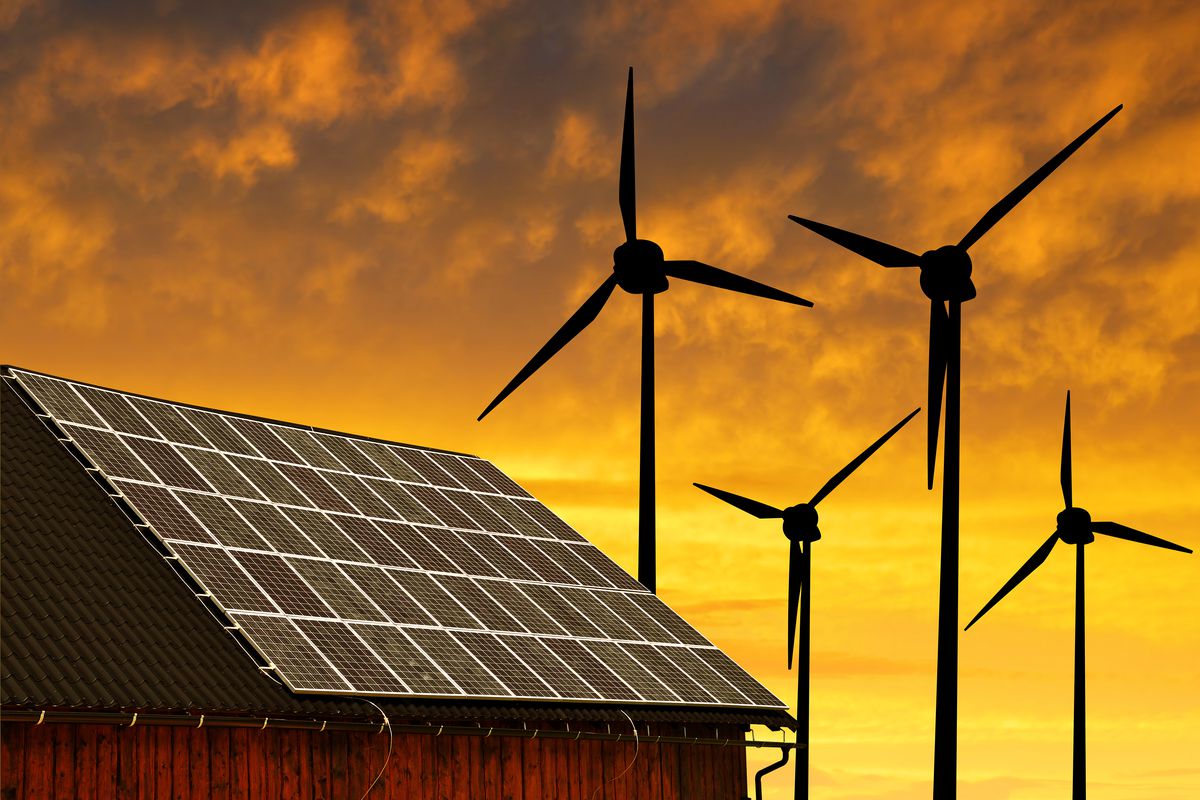Rising energy crisis: Earth is a storehouse of energy. The technological advancements made to date have resulted in an increased potential to harness energy. The increased use of energy has created several problems for humans.
Energy is a key factor in the economic growth of a nation, and it is directly linked with its growth. In India, energy is consumed in a variety of forms like fuel wood, animal waste, and agriculture residues.
Advertisement
Some of these fuels have been used for several thousand years and are still used in rural India. The majority of the country’s energy needs are met by coal and hydroelectric resources. Commercial fuels account for 60% of the total primary energy supply in India, while the balance of 40% comes from non-commercial fuels.
Rising energy crisis
In India, energy is not distributed equally between urban and rural areas. Urban areas use a lot of nonrenewable energy, whereas rural areas use both renewable and nonrenewable forms like hydroelectricity.
Despite the impressive increase in the installed capacity, the electric power supply continues to remain short of demand. The demand projections made in the 16th electric power survey conducted by Central Electricity Authority indicated that over 1 lakh MW additional generation capacity is needed in coming years to bridge the gap.
However, it is a matter of great concern that in spite of the growing demand for power, the annual per capita consumption of India at about 350 kWH is among the lowest in the world.
India’s energy requirement is increasing sharply because of rapid industrialisation, mechanisation, urbanisation, commercialisation, population growth, and changing lifestyle of the people.
Rising energy crisis in urban and rural sectors of India
With international crude oil prices increasing rapidly, India is heading towards a major energy crisis. India also faces a major shortage of refining capacity as a result of which, the prices of diesel, petrol, and kerosene can go through the roof. The refineries all around India are old and operate at a much lower capacity.
In urban areas, energy is consumed mostly in the form of electricity. The demand for electricity in the country has increased by 50% in recent years. The main reason for the huge gap between demand and supply is India’s population explosion. The whole country generate 1362 MW of power in 1947, this grew to 69,000 MW in 1991 to 92, 90,000 MW in 1998, and 93,253 MW in 1999. But the significance of this growth stands diminished because the consumption of power has grown by 8% each year.
If the current trend of demand continues it will create a severe energy crisis in urban area. Estimates predict a fourfold increase in commercial energy consumption in India by 2025.
